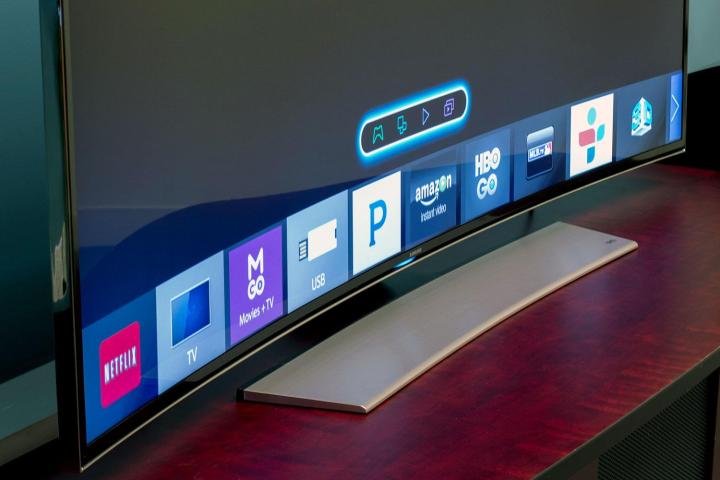
U.S. consumers are already familiar with tile ads in the main menu bar of the company’s premium TVs, but a source told WSJ that upcoming software updates will also bring them to older Samsung smart TVs as well. On top of that, the ad program is reportedly moving into Europe, provided regulators do not become an obstacle. In the meantime, the company is building up its roster of advertisers.
The strategy, which is led by Executive Vice President Lee Won-jin, comes at a time when the company’s hardware sales have been cooling off as the industry overall slows. In fact, analysts put Samsung’s profit margins from TVs at only about 3 percent to 5 percent over the past few years, according to WSJ. The market is changing, and as a result, Samsung is readjusting its business strategy.
The ad-based solution, unfortunately, is one that consumers are not likely to be thrilled with, particularly those who have been without the ads for years. That said, the move is far from unprecedented; rival products like Roku TVs and Firefox TVs have also incorporated ads, as do many competing smart TVs from other brands.
There may still be pushback from users against smart TV makers forcing their ads on consumers, but now that the ball is rolling, it may be hard to stop it. We saw it with TV commercials, and we could certainly see it with internet-connected TV advertising.
Editors' Recommendations
- Samsung’s new 98-inch DU9000 4K TV is just $4,000. Can it beat TCL and Hisense?
- Samsung S95D OLED first look: a reflection on excellence
- Samsung QN900D 8K TV first look: fully loaded flagship
- Samsung unveils pricing and preorder details for its 2024 OLED TVs
- Samsung adding Auracast and 360 Audio to more TVs, phones, and earbuds


